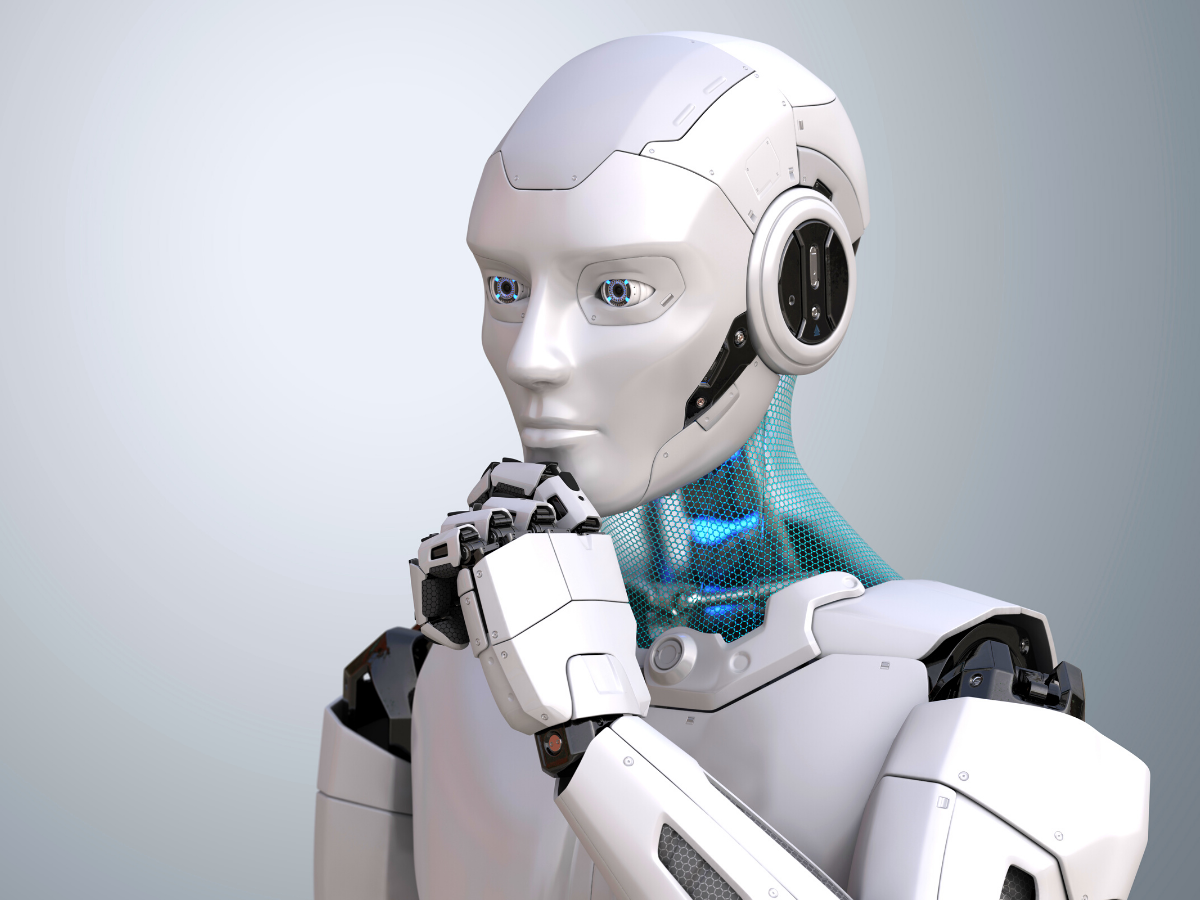In a recent study, scientists have confirmed the significance of ‘uncanny valley’ – a phenomenon that states that the more realistic a humanoid robot is, the greater the sense of unease and eeriness.
Researchers from Kyushu University, Ritsumeikan University, and Kansai University collaborated to conduct six experiments with hundreds of people to understand the significance of this effect, which they termed the ‘clone devaluation effect’.
The study
In the first of the six experiments, volunteers rated subjective eeriness, emotional valence, and the realism of images on a 7-point Likert scale. These included a photoshopped photograph of six different human subjects with identical faces (cloned), six people with different faces (non-cloned), as well as an image of a single person.
The second experiment was executed similarly to the first, but involved images of people in pairs and groups of three, four, and five.
Contrastingly, the third experiment rated clone and non-clone images of dogs.
The fourth experiment was split into two parts: the first involved rating two sets of cloned images of twins, whilst the second rating cloned images of twins, triplets, quadruplets, and quintuplets.
Additionally, the fifth experiment rated cloned pictures of cartoon and animation characters.
Finally, the last experiment utilised the same images as the second, but involved evaluation of eerieness, realism, and employed the Disgust Scale-Revised to measure disgust sensitivity.
The results resoundingly supported the hypothesis that cloned (realistic) faces elicit a negative emotional response. From this, the clone devaluation effect was introduced. This effect became more potent when the number of cloned faces increased, though did not emerge in instances involving indistinguishable non-human faces such as with the dogs in experiment three, or cartoons in experiment five.
In a press release, lead author Dr Fumiya Yonemitsu from the Graduate School of Human-Environment Studies at Kyushu University explained:
‘We also noticed that the duplication of identity, that is the personality and mind unique to a person, rather than their facial features, has an important role in this effect. Clone faces with the duplication of identity were eerier, as the fourth experiment showed. The clone devaluation effect became weaker when clone faces existed in the lower reality of the context, such as in the fifth experiment.’
Furthermore, he expounded that clone faces elicit eeriness, and the clone devaluation effect occurs due to realism and disgust.
Humanoids and the uncanny valley
Concepts of humanoids have long existed in society’s collective consciousness, from the early folklore of Golems to theories of the robotic human during the Age of Enlightenment, all the way to current popular culture.
Iconic robots and mainstays of science fiction, like C3PO, Metropolis’ Maria, or Wall-E remain lovable because of their clumsier nature and unrealistic appearance.
Conversely, films and television programmes such as The Stepford Wives, Blade Runner, Ex Machina, and Star Trek, have introduced concepts of realistic androids living among humans, indistinguishable from flesh and bone. Often amounting to menacing consequences, these iterations of robots are usually portrayed as malicious.
This is attributed to the uncanny valley, which was first coined in a 1970 article by Japanese roboticist Masahiro Mori. The term specifically encompasses the relationship between the human-like appearance of a robot and the emotional response that it evokes in the human, lying in the gap that lies between true humanness and near-humanness.
The existence of this phenomenon is contentious and has been debated in the past, though many academic attempts have seemingly confirmed its prevalence. These studies have also had common explanations for uncanny valley, with shared elements appearing across research.
Perhaps the most widespread interpretation is ambiguity, which spurs out of the lack of ability to categorise something as fully human – this sense of inconsistency causes cognitive dissonance and confusion. Another study ascribes survival response as the cause of this phenomenon, stating that because the humanoid is not exactly lifelike, it can bring up the same reaction that is felt when an individual encounters something dead or dying.
As previously mentioned, the study also brings up identity as a source of this negative reaction. As faces are completely unique and distinctive to the individual, replicated ones challenge the idea of human identity and being. The ‘specialness’ of the human is relinquished, and the idea of distinctive being and value of human experiences is no longer significant, giving way to existential anxiety.
The discovery of the clone devaluation effect is one of the most recent pieces of research that supports the existence of the valley, and an important work that may help scientists more thoroughly understand the implications of bad design.
Implications
Research such as this will hopefully inform and guide the development of future robotic technologies. This is especially essential for tech created to assist people with disabilities, as they are likely going to directly interact with humans and must not elicit unease and distrust. This is also true for online communication and therapy, where avatars may be used to represent humans. It is important to create likeable artificial agents.
Considering the many harmful repercussions that have arisen as a consequence of technology use, it is important to critically evaluate the mental effects that introducing new technology could entail. These studies prove that many psychological effects could arise out of introducing humanoids into society, and we must brace ourselves for any harmful reactions spanning beyond the uncanny valley.
Co-author and Senior Researcher from BKC Research Organization of Social Science at Ritsumeikan University Dr Akihiko Gobara recaps:
‘Our study clearly shows that uncomfortable situations could occur due to the rapid development of technology. But we believe our findings can play an important role in the smooth acceptance of new technologies and enhance people’s enjoyment of their benefits’
About the Author: Shadine Taufik
Shadine Taufik is a contributing Features writer with expertise in digital sociology and culture, philosophy of technology, and computational creativity.
Recommended for you

Antidepressant Prescribing at Six-Year High
More people are taking antidepressants than ever. Is this a dark sign of the times or an indication that mental health stigma is changing?

Can AI be Used to Determine Cancer Recurrence?
When cancer patients go into remission, they often worry about it coming back. AI can now help identify those at risk of cancer recurrence.

Pegasus – Still a Threat to the UK?
The notorious Pegasus spyware has been misused to exploit vulnerabilities in devices, even those kept within the walls of Number 10.
Trending

Drug Decriminalisation: Could the UK Follow Portugal?
Portugal’s drug decriminalisation has reduced drug deaths and made people feel safe seeking support. Would the UK ever follow suit?

Calling All Unvaccinated UK Adults
With Covid cases rising, the NHS is urging the 3 million UK adults who remain unvaccinated to come forward.




